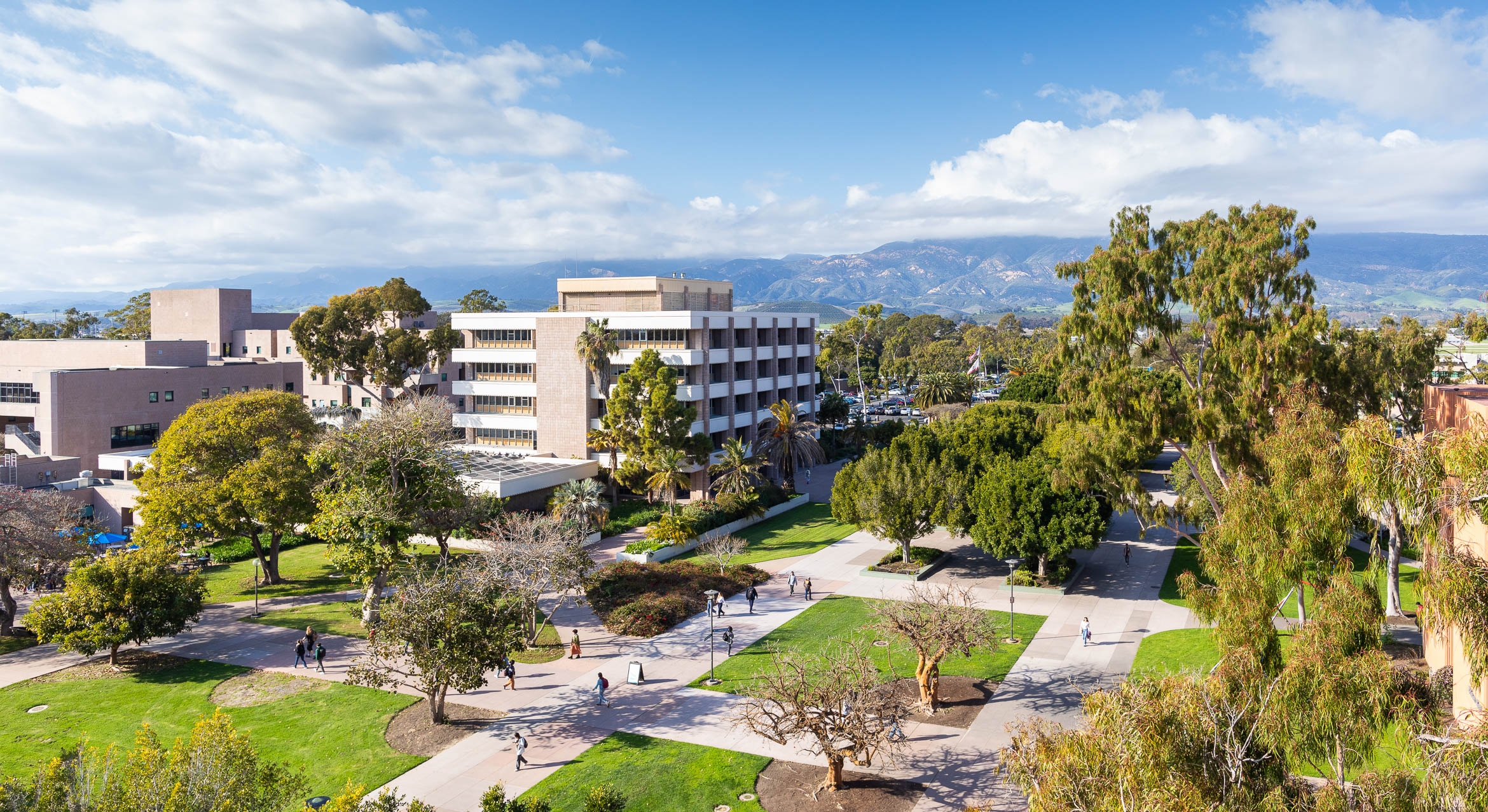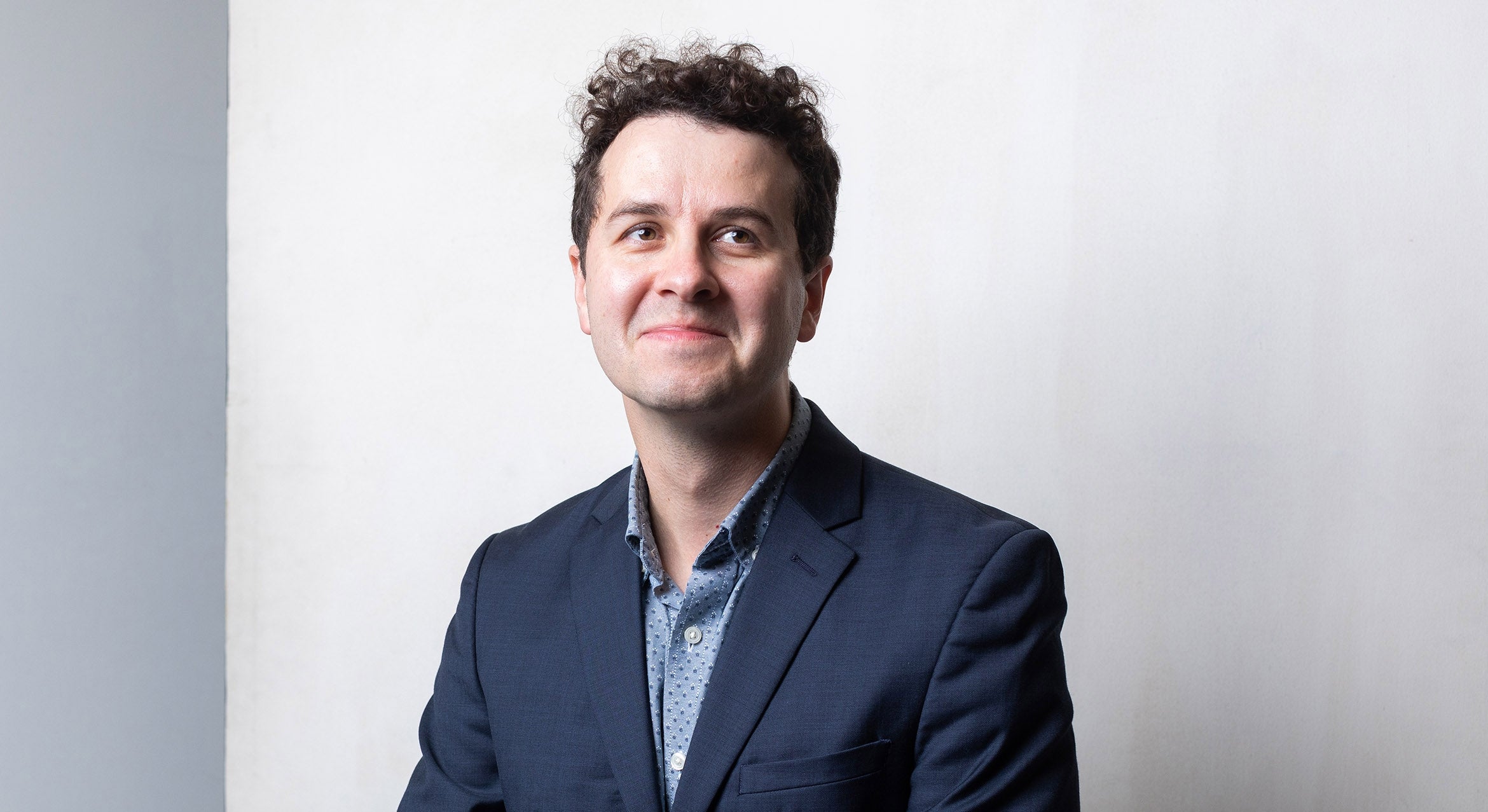Six UCSB researchers named among world’s most influential scientists

Recognized for their exceptional contributions to their respective fields, six UC Santa Barbara researchers have been named among the most influential scientists in the world, landing on Clarivate’s 2024 list of Highly Cited Researchers.
The annual list identifies researchers in the sciences and social sciences who demonstrated significant and broad influence in their fields through publication of multiple highly cited papers during the past decade. Their names are drawn from the publications that rank in the top 1% by citations for field and publication year in Clarivate’s Web of Science citation index. Evidence of community-wide recognition from an international network of citing authors also factored into the selections.
For 2024, Clarivate has awarded 6,886 Highly Cited Researcher designations to 6,636 individuals (some researchers have been recognized in more than one field). Of the world’s population of scientists and social scientists, Highly Cited Researchers are 1 in 1,000.
The UC Santa Barbara 2024 designees are:
• Halley Froehlich, cross-field
• Ben Halpern, environment and ecology
• John Martinis, physics
• Richard Mayer, cross-field
• David Siegel, cross-field
• Andrea Young, physics
“Through rigorous selection criteria and comprehensive analysis, we recognize researchers whose exceptional and community-wide contributions shape the future of science, technology and academia globally,” said David Pendlebury, head of research analysis at Clarivate’s Institute for Scientific Information. “As the need for high-quality data from rigorously selected sources is becoming ever more important, we have adapted and responded to technological advances and shifts in the publishing landscape. We continue to refine our evaluation and selection policies for our annual Highly Cited Researchers program to address the challenges of an increasingly complex and polluted scholarly record.”




